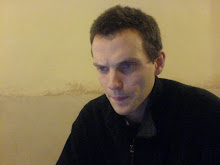BODY CHART
HPC
BEHAVIOUR
PMH
DH
SH
BODY CHART
what where [n] [s] abnormal sensation/movement relationship
HPC
when did it start any change getting better/worse
BEHAVIOUR
aggravating easing irritability 24 hour cycle anything you cant do standard day
PMH
previous probelms intervention sucess
general health
previous problems (screen if say no)
DH (screen if say no esp steroids)
current medication
previous medication
SPECIAL QUESTIONS
Rheumatoid arthritis
Cancer
Vertebrobasiliar insufficiency
Central Cord
SH




